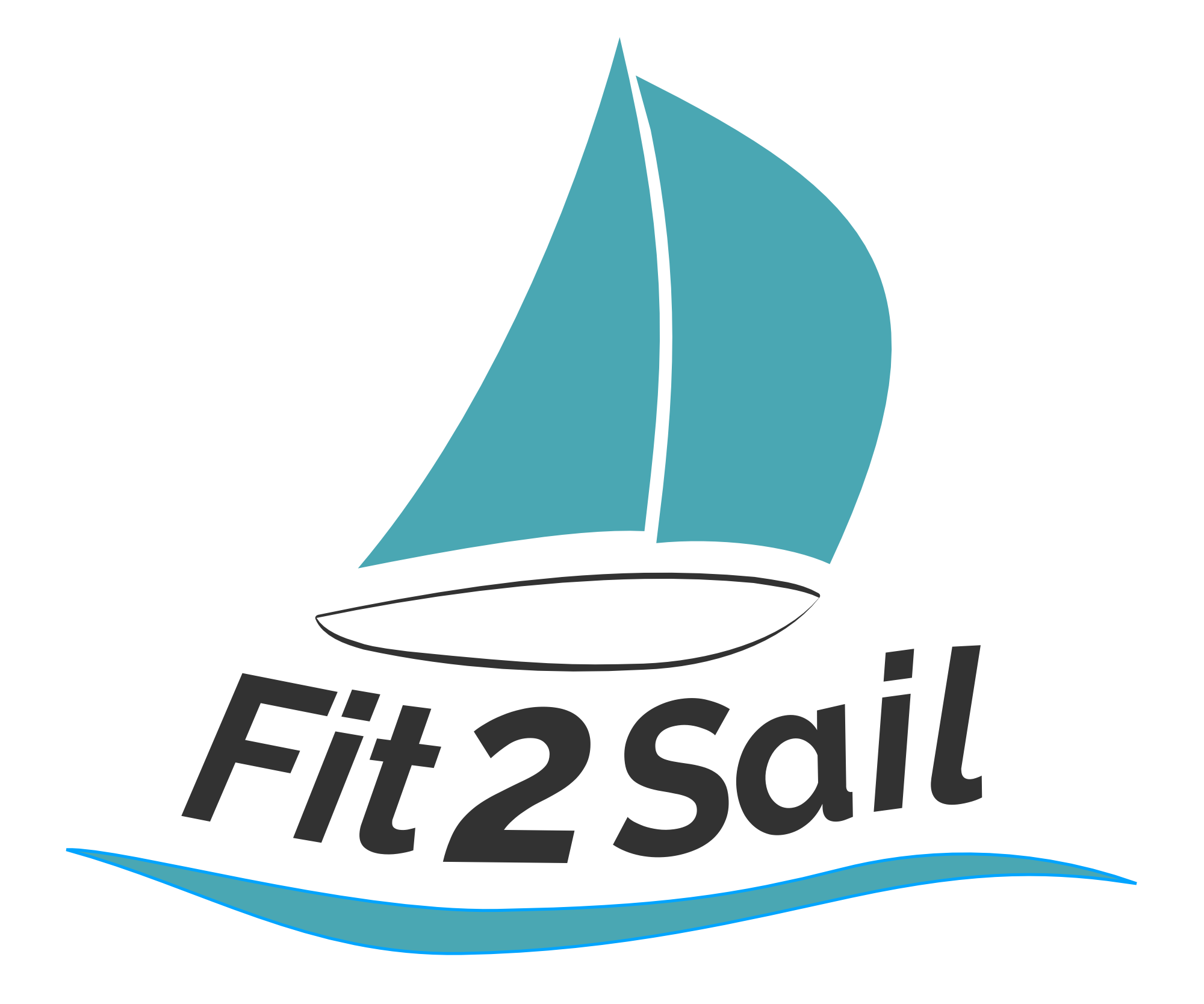For Love of the VHF
Note the easy microphone mount
“If you’re in Marigot Bay, the boat SV XXX is dragging.” -Post on a Facebook group for Saint Martin
Facebook has its place as a resource (sometimes, anyway). It does NOT, however, take the place of the VHF radio. This post is a prime example. People log onto Facebook at random times of day. The algorithm shifts what is seen by whom and where. Looking at comments on this particular post, it’s clear most people who saw it fell into 2 camps: they were nowhere near Marigot Bay, or they saw it three days after the boat went onto the rocks. It’s not a given that putting a call out on the VHF would have saved the vessel, but it is a reality that the timeliness of a message like that was critical. And no, there was no corresponding call on the VHF.
No Facebook post could save this boat from the rocks
The VHF (very high frequency) radio uses line-of-sight to transmit, meaning your radio antennae need to be able to see each other to effectively communicate. In practical terms, this translates to very local usage. As in, need harbor information? Ask on the VHF. Lose your dinghy and need eyeballs looking for it? VHF is your friend.
The VHF is an important piece of safety gear on board. It’s also a fabulous source of information, entertainment, and support. One big difference between cruising this time around and even when we were out with the kids is that way too many cruisers don’t seem to be using their VHF at all - and it’s to their detriment (as well as that of the larger community.)
There are a few protocols to follow. The main one? 16 is for hailing and distress ONLY. This means you make contact and then move to a different channel. Period. The Boat Galley has a very comprehensive course on using the VHF; if you feel pretty confident but want a quick reference, they also have an excellent laminated sheet you can keep by the radio.
Information: up to date, specific and timely information is at your fingertips with a VHF. Some harbors run a morning radio net specifically for welcomes, goodbyes, business announcements, and local events. You never know what you’ll learn about a place! Calling out on the VHF about things like customs hours or check in procedures will get you what’s actually real right at the time.
Entertainment: We love “reading the mail”, following along when boats we know (or just think the voices sound cool) are chatting. There have been some memorable conversations. Remember that VHF isn’t a private message; even if you’ve got a prearranged secret switching channel people will find it.
Support: The true reason for the VHF. Support. Need weather? Listen on the VHF. Want a bridge to open? Call on the VHF. Have an emergency at sea or in the harbo? Call on the VHF. Luckily most calls don’t fall into the emergency category; when they do, it’s a sobering reminder of things going wrong. If you had an emergency, wouldn’t you want people listening and in a position to help you?
Use 16 (or whatever the local hailing channel is) and keep it on. You might be able to help a fellow cruiser - or you could be the one needing help.
“If anyone knows the people from vessel xxx anchored near the Witches Tit, can you please contact them and let them know their boat is dragging?” -message broadcast on VHF 10 (the hailing channel in SXM)
Within 10 minutes there were a couple of dinghies at the boat, helping secure it while the owner was located and the boat could be relocated. Who knows how long it would have taken for a Facebook post to be effective.
No vhf? No bridge opening.



